Products are selected by our editors, we may earn commission from links on this page.
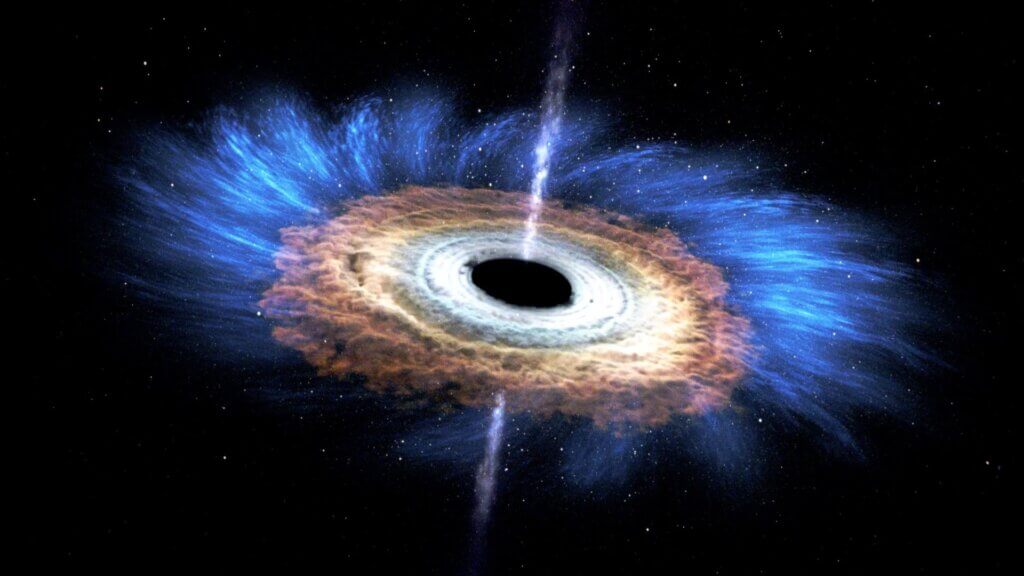
Black holes have mystified scientists and physicists for centuries. This phenomenon has been difficult to study and understand, but a recent discovery from researchers at the University of Michigan uncovered new insights into the nature of black holes and what is actually at their core.
Why are Black Holes so Difficult to Study?
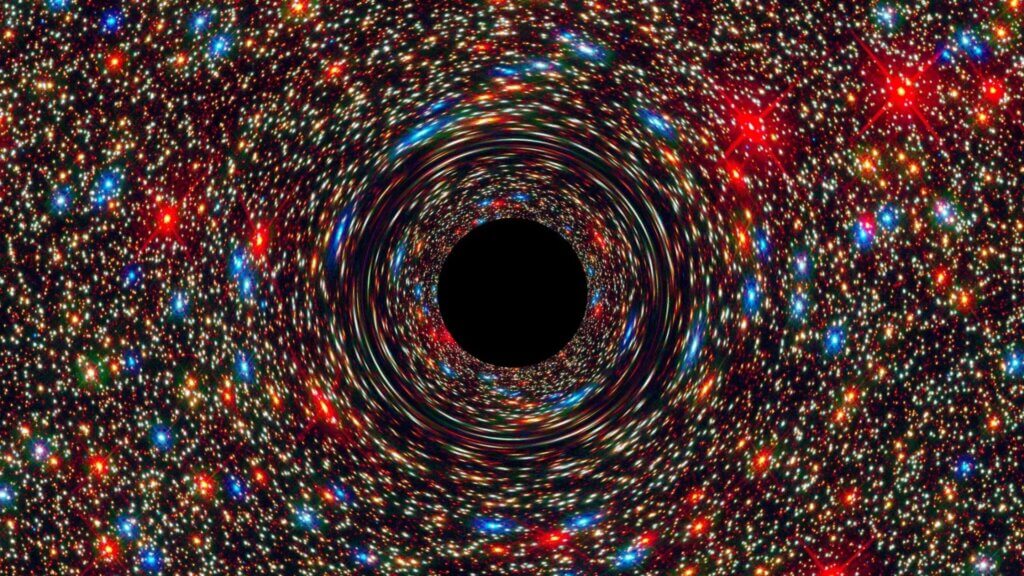
Black holes mystify scientists because of what is known as the event horizon. The event horizon is the invisible boundary within a black hole that causes nothing (not even light) to be able to escape the gravitational pull. Black holes can not be studied directly, which has made them a mystery to scientists.
Black Hole Theories
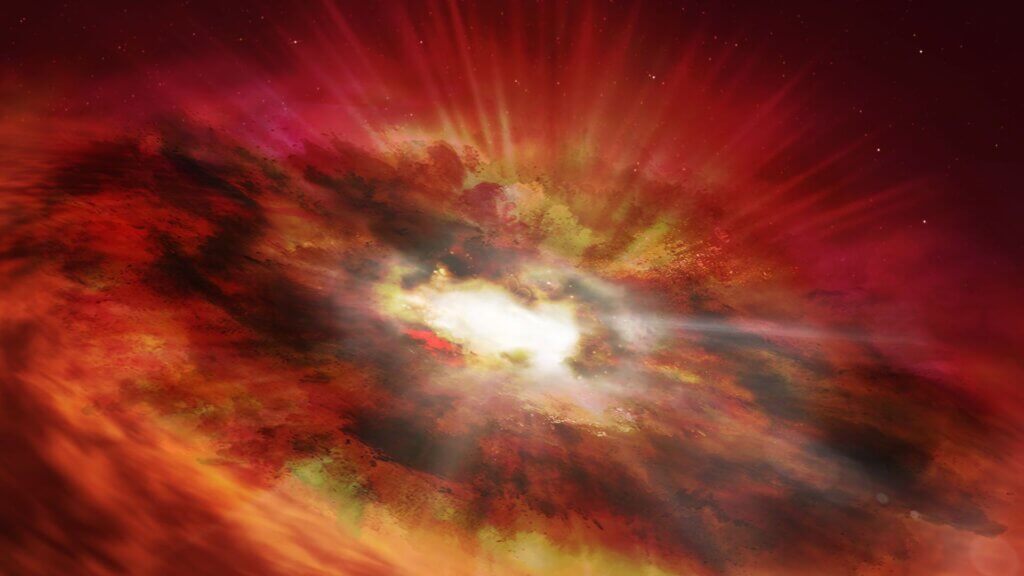
There are several theories in the scientific community as to what occurs within a black hole and what may be at its core. These theories are based on our assumption that matter collapses into a single point of extreme density within a black hole. This means that what we know about physics is rendered essentially obsolete, making the study of this paradox extremely difficult.
Theory #1

A theory presented by Stephen Hawking explained that black holes radiate their own energy that slowly evaporates over time. This is consistent with ideas in quantum physics, but difficult to confirm because the evaporation happens over such large periods of time. This theory led to the black hole information paradox, which poses the question, “Do objects that fall into a black hole truly get lost forever?”
Theory #2
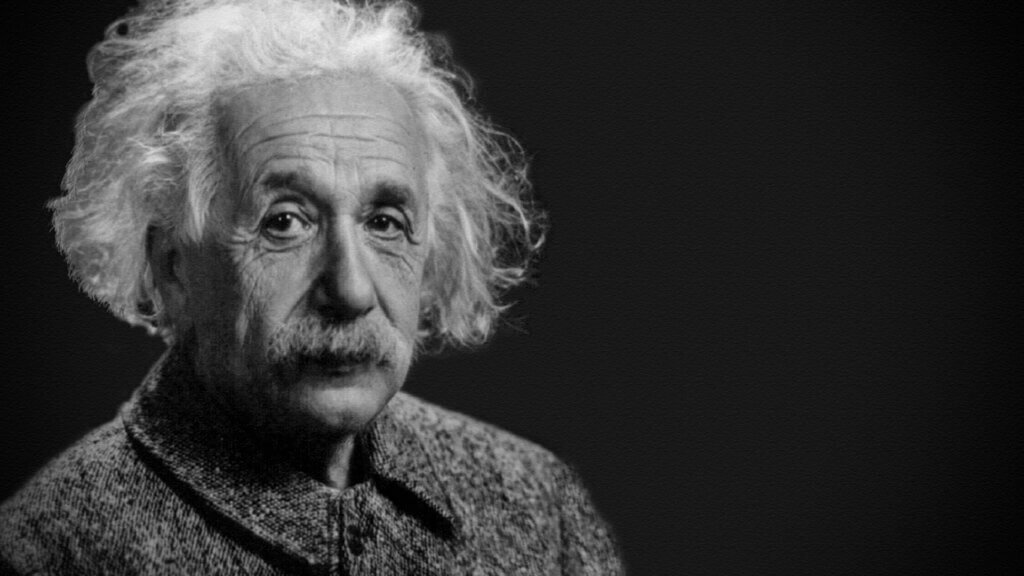
Einstein theorized that space-time exists without particles and that black holes occur in places where the gravity is so strong and concentrated that nothing can escape. This coincides with the event horizon. He explained that, unlike Isaac Newton’s idea of gravity as a force, gravity is actually on a curve formed by mass and energy.
So, What Exists at the Core of a Black Hole?

A research team led by Enrico Rinaldi is using quantum computing and machine learning to finally find an answer to the longstanding confusion about the nature of black holes. The team used two matrix models to better understand the arrangement of particles in the lowest energy state. They believe that these simpler models can be used to solve much more complicated models about black holes and other enormous gravity phenomena.
The Role of Quantum Computers

While the team has not yet been able to find a definitive answer for what is at the core of black holes, they discovered that quantum computing and other modern technologies like it can help us develop our understanding of these phenomena. Lead researcher Rinaldi stated, “We hope that by understanding the properties of this particle theory through the numerical experiments, we understand something about gravity. Unfortunately, it’s still not easy to solve the particle theories. And that’s where the computers can help us.”
What Does it Look Like on the Inside?
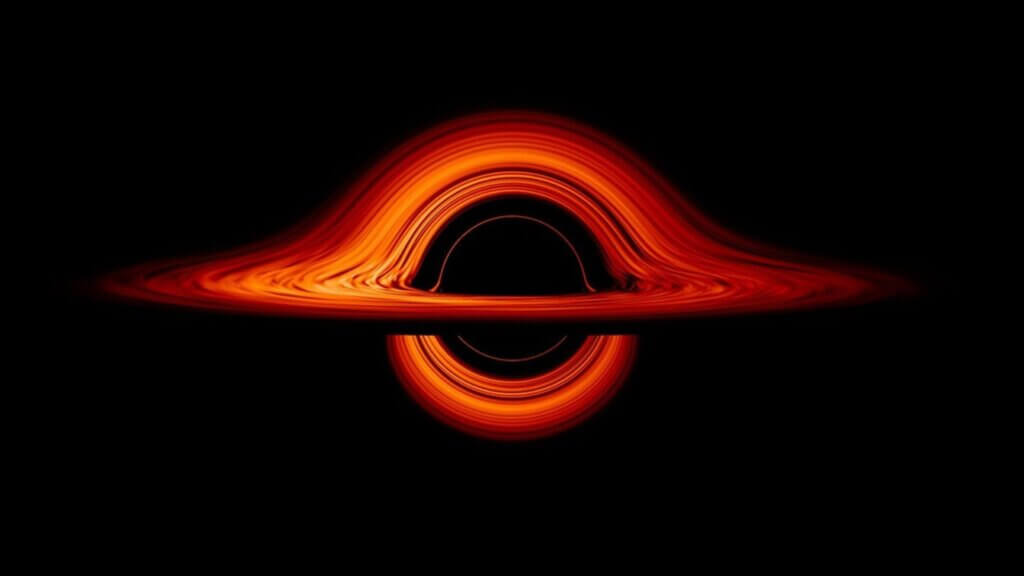
We do not know what black holes look like on the inside or at their core. But using the quantum computers brings us one step closer. We do know that most black holes are formed from a large star dying, which causes enormous amounts of matter to be squeezed together. This causes the gravitational pull to become so strong that nothing can escape.
A Deeper Understanding
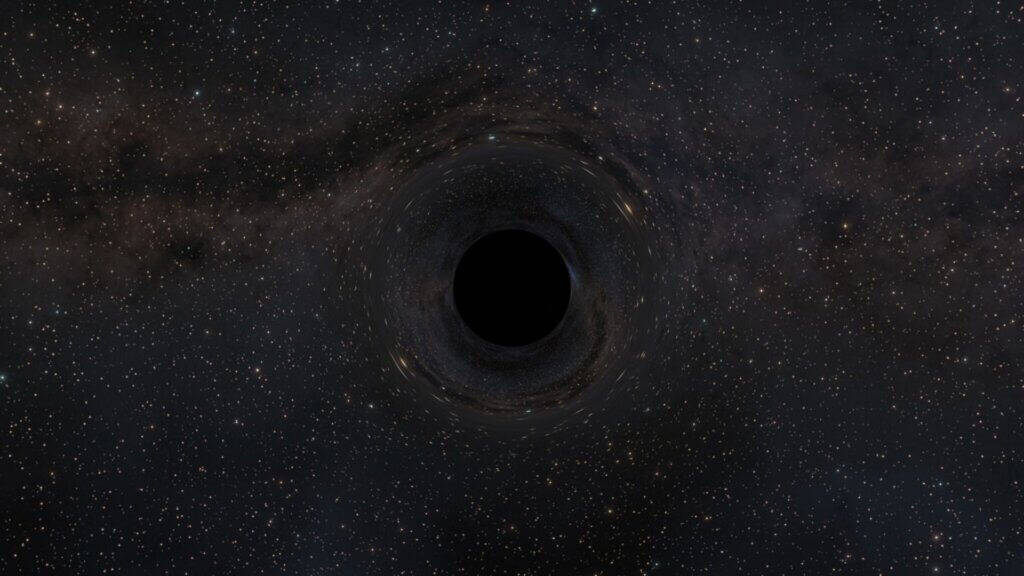
Once we understand the properties that make up a black hole, we can piece together what the core looks like, without even seeing it. Front here, we can build a quantum theory of gravity, something that scientists have aimed to do for many years.
The Mystery of Back Holes

Not being able to directly observe black holes makes them extremely difficult to study. However, as we utilize evolving technology and understandings of the world around us, we are able to piece together explanations for these phenomena.
